Ukuleles originate from Hawaii, but nowadays, they have spread out and managed to reach each corner of the world. A ukulele is an instrument that brings happiness and joy to thousands of people.
Hence, if you are a music lover and really into guitars, you must consider the ukulele. But before going for it, it is essential to know what parts make up a ukulele.
To get accurate information, read the article to the end. We have included information about all the important key ukulele parts and also described what key role each of them plays.
Table of Contents
Parts of Ukulele
Headstock
This is the top of the ukulele, and it is vital because it holds the tuners. It is also quite far from the ukulele body. Generally, the headstock is made of sturdy plastic or wood.
To sustain the tension of the tuners and the strings, it needs to be very strong. Usually, you can find the maker’s logo on the headstock and sometimes the serial number of the instrument printed on the back of it.
Tuner
As the name suggests, you use tuners to tune the string. There are four pins located in the ukulele’s headstock. Depending on your uke style’s, you can find some tuners pointing to the sides and some pointing backward.
The string’s top end is threaded through the tuner, causing them to turn, which allows the string to loosen or tighten. Over time, the design has also changed a lot. Some tuners rely on friction, but this style is not common nowadays, while other ukuleles have geared tuners.
Note: Always unwind the tuner slightly slowly to avoid over-stretching and breaking the strings.
Nut
The nut is a small groove or surface between the fretboard and the headstock that hold the strings at the correct height. It has small notches on it that hold the strings at the tops of the ukulele evenly spaced.
The part also lifts the strings by a few millimeters off the fretboard so that just by simply pressing down the strings, you can play the instrument. Without the nut, the ukulele would be unplayable
Fretboard
The next part that comes after the nut is the fretboard. It is the front surface of the neck, under the strings where you press your fingers to play the tune. The fretboard is typically black, an aesthetic habit.
This is from the times when the builds of fretboards consisted of dark hardwoods such as ebony or rosewood.
A good fretboard needs to be perfectly smooth and strong so that you can press it onto the neck exactly. The higher up the fretboard, the higher the note is musical.
Frets
The frets are small strips of metals that are pounded into the fretboard vertically at specific distances. They are like markers that help you find the notes on the fretboard. A typical ukulele has 12-15 frets, whereas a concert ukulele has 15-20 frets.
They mark out the different pitches on the note. Each fret also changes the pitch of a string by a half step. In case, a note does not sound right, kindly ensure the fret has not gotten damaged.
Fret Marker
A fretboard has small white dots called fret markers. You can also find these fret markers in different colors and shapes. These markers help you keep track of what fret number you are on.
Fret markers also guide you in moving from one note to another and are especially helpful when going greater distances up and down the fretboard. Usually, these small dots are present on the 3rd, 5th, 7th, 10th, and 12th fret.
Neck
The neck is the part of the ukulele that is behind the fretboard, and it connects to the instrument’s headstock.
Solid material such as plastic or wood commonly makes up the neck of the ukulele.
The reason for it being strong enough is that it supports the tension of the strings. Usually, the headstock and neck together are made of a single solid piece of material.
Body
The main and largest part of the ukulele is the body, and it comprises a front piece, sides, and a back piece. It amplifies the sound of the vibrating strings, and most of the tone of the instrument also depends on the body.
The body of the ukulele comes in different sizes and shapes too. Sometimes, they mimic the design of other different classical or modern instruments.
String
Usually, ukuleles have strings made of nylon, but some of them may have strings made of metal-wound and nylon just to create a fuller tone on the lower strings.
You can also find some ukuleles with steel strings, but they produce a much different tone compared to ukuleles with nylon or metal-wound strings. The strings of a ukulele are tuned from left to right in order G-C-E-A.
Sound Hole
A sound hole is a round hole under the strings in the ukulele’s body that projects out the sound that echoes inside the body. While playing the ukulele, if you strum up or down the strings, you will produce a quieter sound, whereas if you strum over it, the sound will be much louder.
Saddle
This part connects to the body, and it is where the strings attach to the instrument on its tie block. The function of the saddle is the same as the nut, but the only difference is that its location is in the bridge. Similar to the nut, the saddle also has cuts in it to keep the strings evenly spaced.
Bridge
The part of the ukulele that rests on the saddle is the bridge, and it attaches to the body of the ukulele. You can find two different types of bridges and they are the standard bridge and the tie-bar bridge. The primary function of a bridge is to ensure that the strings are at a good height from the fretboard and the body.
Conclusion – Keeping your Ukulele in Good Condition
A ukulele is not just an instrument; it brings happiness and music to life. And for a music lover, it is a great instrument to own, too.
Hopefully, you have learned something new about the ukulele. We are pretty confident that you have gained comprehensive knowledge about the parts of the ukulele and its importance.
And do not get worried if any of these parts get damaged or worn out. Simple go to one of the online stores we mentioned and replace them so that you can enjoy the music. Rock On!

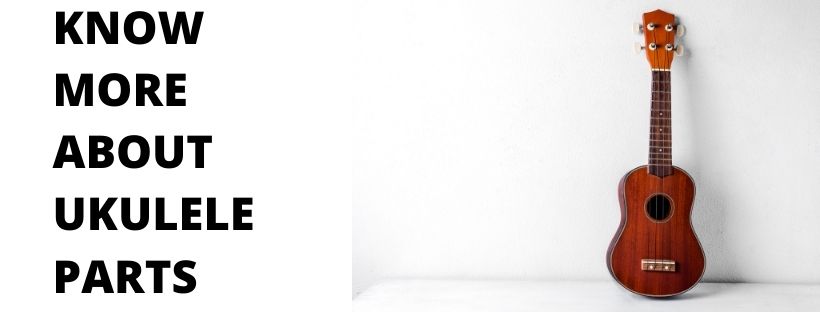
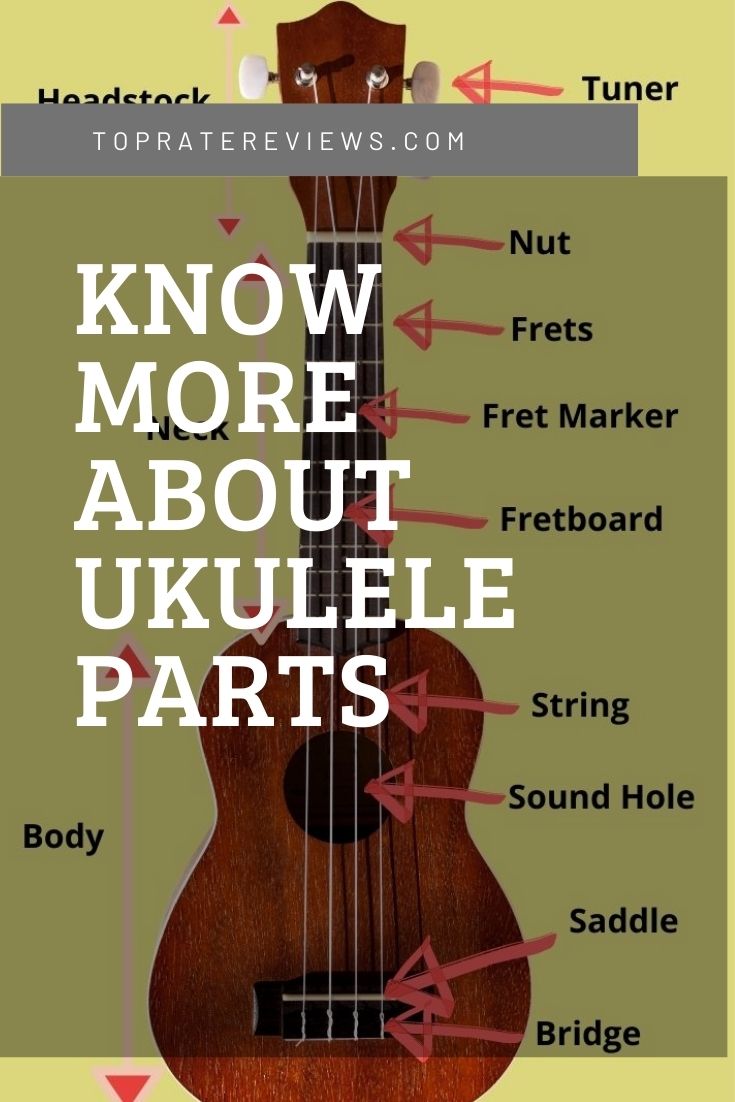
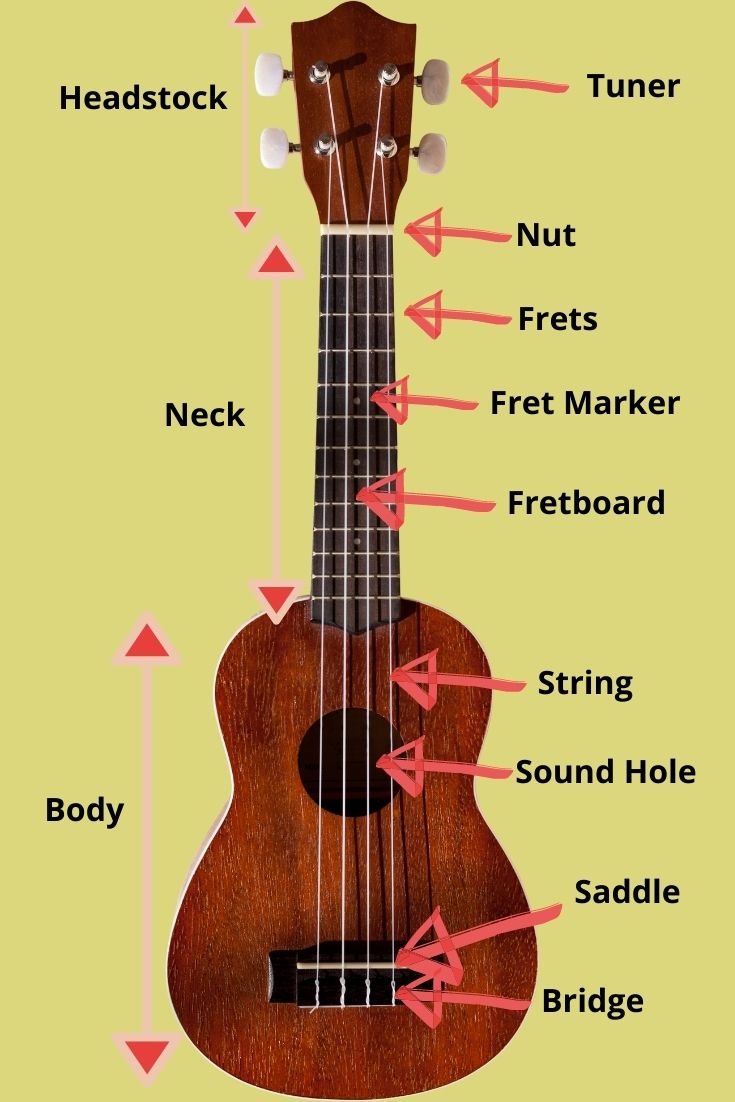
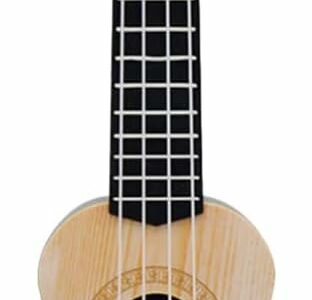
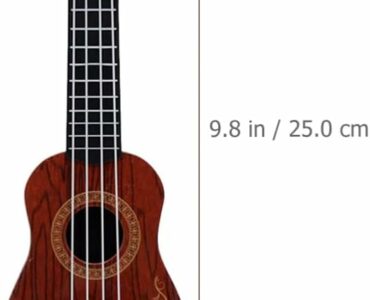
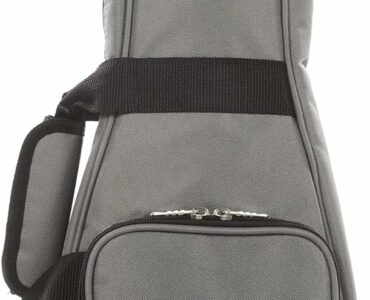





Add comment